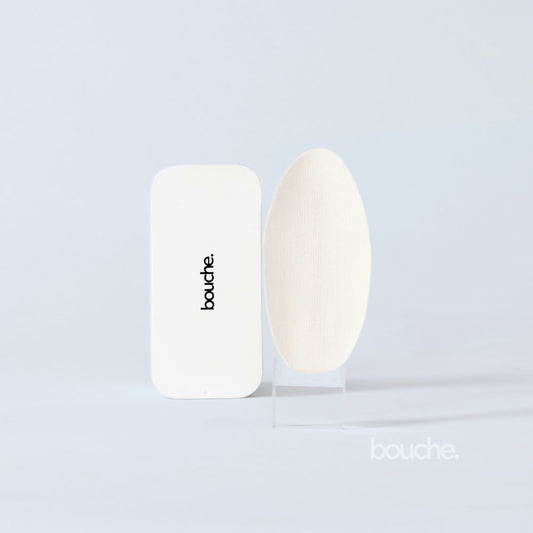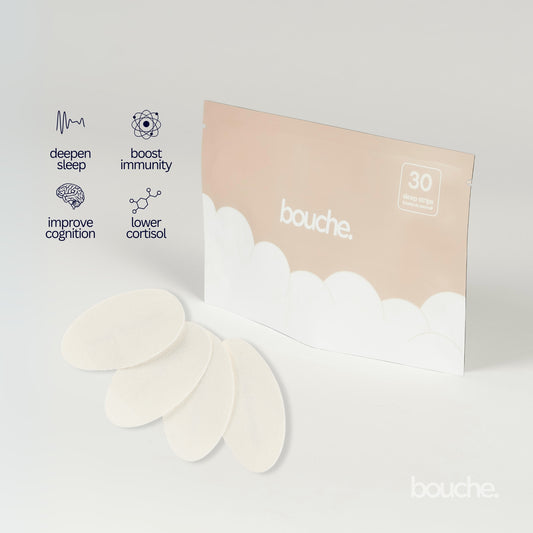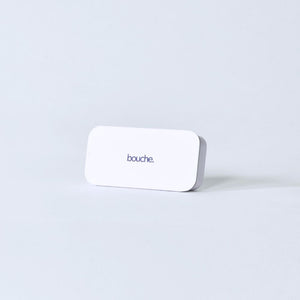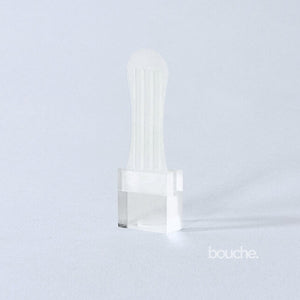Snoring is a common concern for millions in Canada and the USA, often disrupting sleep quality and affecting overall health. When it comes to finding an effective remedy, the debate of nasal dilator vs nasal strips is front and center. Both nose strips for snoring and nasal dilators are science-backed, non-invasive tools that can help open nasal passages and reduce snoring. But which option is best for your needs? This article reviews the evidence, compares the two solutions, and explains how they fit into a broader strategy for better breathing and sleep.
What Are Nasal Dilators?
Nasal dilators are small, flexible devices designed to be placed inside the nostrils. Their main function is to gently expand the nasal passages from within, making it easier to breathe through the nose-especially during sleep.
How Nasal Dilators Work
- Internal Expansion: By widening the narrowest part of the nasal airway (the nasal valve), nasal dilators reduce resistance and help prevent airway collapse, a common cause of snoring.
- Materials: Most are made from soft, medical-grade silicone or plastic for comfort and safety through the night.
- Reusable: Unlike nasal strips, nasal dilators can be cleaned and reused for several months, making them a cost-effective and sustainable choice.
Scientific Evidence
Clinical research supports the use of internal nasal dilators for snoring. In a study titled Internal and External Nasal Dilatator in Patients Who Snore: A Comparison in Clinical Practice, both internal nasal dilators and external nasal strips were shown to reduce snoring time and improve sleep quality. Notably, the internal dilator was effective for a larger number of patients and led to greater perceived improvement in sleep quality.
This finding is backed by further research showing that nasal dilators can decrease the frequency and severity of obstructed breathing, even reducing apnea index by nearly half in some cases.
What Are Nasal Strips?
Nasal strips are adhesive bands applied across the bridge of the nose. They are widely recognized as an easy-to-use, non-invasive solution for snoring and nasal congestion.
How Nasal Strips Work
- External Support: Nasal strips use embedded elastic bands to gently lift the sides of the nose, widening the nasal passages from the outside and increasing airflow.
- Single-Use: Each strip is designed for one-time use and must be replaced nightly.
- Variety: Available in different sizes and strengths to fit various nose shapes and congestion levels.
Pros and Cons of Each Solution
Nasal Dilators
Pros:
- Directly open nasal passages for reliable airflow
- Reusable and environmentally friendly
- No risk of skin irritation from adhesives
- Effective for a wide range of nasal obstructions, including deviated septum
- Cost-effective over time
Cons:
- May require a short adjustment period for comfort
- Some users may find the initial sensation unfamiliar
- Need regular cleaning for hygiene
Nasal Strips
Pros:
- Simple, non-invasive, and easy to apply
- Provide quick relief for mild nasal congestion
- Widely available and affordable for short-term use
- Used by athletes seeking better nasal airflow during activity
Cons:
- Can feel a little sticky to some people
- Need to re-stock frequently
How to Choose the Right Option
Choosing between nasal dilator vs nasal strips depends on your specific needs, anatomy, and preferences:
- Chronic nasal obstruction or deviated septum: Nasal dilators are generally more effective, providing direct and consistent expansion of the nasal passages.
- Mild, occasional congestion (e.g., due to allergies or colds): Nasal strips may offer quick, convenient relief.
- Sensitive or oily skin: Nasal dilators avoid adhesive-related issues and are less likely to cause irritation.
- Sustainability and cost: Nasal dilators are reusable, making them a better long-term investment.
- Athletes or daytime use: Both options can help, but nasal dilators are less visible and more secure during physical activity.
If snoring persists despite using these solutions, or if you suspect sleep apnea, consult a healthcare provider for further evaluation.
The Science-Backed Benefits of Nasal Breathing and Mouth Taping
While nasal dilators and nasal strips help keep nasal passages open, mouth taping is another science-backed tool that supports nasal breathing during sleep. By gently keeping the mouth closed, mouth tape encourages breathing through the nose, which has been shown to reduce snoring, improve sleep quality, and even support facial structure and jawline definition. The study The Impact of Mouth-Taping in Mouth-Breathers with Mild Obstructive Sleep Apnea found that mouth-taping during sleep improved snoring and the severity of sleep apnea in mouth-breathers, reducing the apnea/hypopnea index (AHI) and snoring index (SI) by about half.


- Save 65%
A review by the Sleep Foundation, Mouth Taping for Sleep: Does It Work?, summarizes research showing that mouth taping can reduce snoring and tiredness in people with obstructive sleep apnea, with additional anecdotal evidence for broader benefits. There is also evidence that mouth breathing can impact facial structure over time. The systematic review The Impact of Mouth Breathing on Dentofacial Development found that chronic mouth breathing can lead to abnormal dental and maxillofacial development, including changes in jawline and facial height, supporting the importance of nasal breathing for facial aesthetics.
James Nestor’s book, Breath: The New Science of a Lost Art, and related research highlight that nasal breathing increases oxygen absorption, lowers blood pressure, and supports healthier metabolism and energy levels. The British Dental Journal also discusses the emerging scientific evidence for mouth taping as a strategy to reduce snoring, bruxism, and improve sleep quality, while noting the need for more research Mouth taping | British Dental Journal.
Bouche: Science-Backed Tools for Better Sleep and Breathing
Bouche Wellness Inc. is a premium wellness brand focused on improving health through science-backed, non-invasive tools that support better breathing, deeper sleep, and overall vitality. Our flagship product is a medical-grade mouth tape that promotes nasal breathing during sleep-helping reduce inflammation, balance hormones, improve cognitive function, and enhance long-term health. Bouche’s products are designed for comfort and safety, using hypoallergenic materials suitable for sensitive skin, and are manufactured in North America. Bouche mouth tape is also CPAP compatible, making it a safe choice for people with sleep apnea.
What sets Bouche apart is our commitment to evidence-based solutions. Our mouth tape is not just a sleep tool-it’s a category-defining product that supports the body’s natural processes and helps people look, feel, and perform at their best. Many users report waking up with less dry mouth, improved energy, and even a more defined jawline, thanks to consistent nasal breathing. For those seeking a holistic approach to better sleep and breathing, Bouche offers a trusted, science-backed solution.
Conclusion
Both nasal dilators and nasal strips are proven, science-backed tools for reducing snoring and improving airflow. Nasal strips remain a convenient option for short-term relief and are widely used by athletes and those with mild congestion.
For the best results, consider combining these tools with mouth taping to promote full-time nasal breathing, which research shows can further enhance sleep quality, energy, and even facial aesthetics. As always, consult your healthcare provider if snoring is persistent or severe.
FAQ
Can you wear a nasal dilator all the time?
Yes, nasal dilators can be worn for any length of time, including during the day or night. They are safe for extended use as long as they are kept clean and replaced every 3–6 months.
Why do NFL players wear nasal strips?
NFL players use nasal strips to improve airflow and reduce nasal congestion, helping them breathe better during intense physical activity and recover faster on the field.
Is it okay to use nasal strips every night?
Yes, nasal strips are safe for nightly use. However, if you notice skin irritation, take a break or consult your healthcare provider.
Are there any side effects associated with using nasal strips or dilators?
- Nasal strips may cause mild skin irritation, redness, or itching.
- Nasal dilators may feel unfamiliar at first but rarely cause side effects.
- Both are generally safe when used as directed.
Can nasal strips help reduce snoring?
Yes, nasal strips can help reduce snoring caused by nasal congestion by widening the nasal passages and improving airflow.
How to find the best nasal strips?
Look for something that is latex-free, extra strength, there are transparent versions if you want something discreet. Use a high quality brand like Bouche to avoid any skin irritation, redness, etc.








